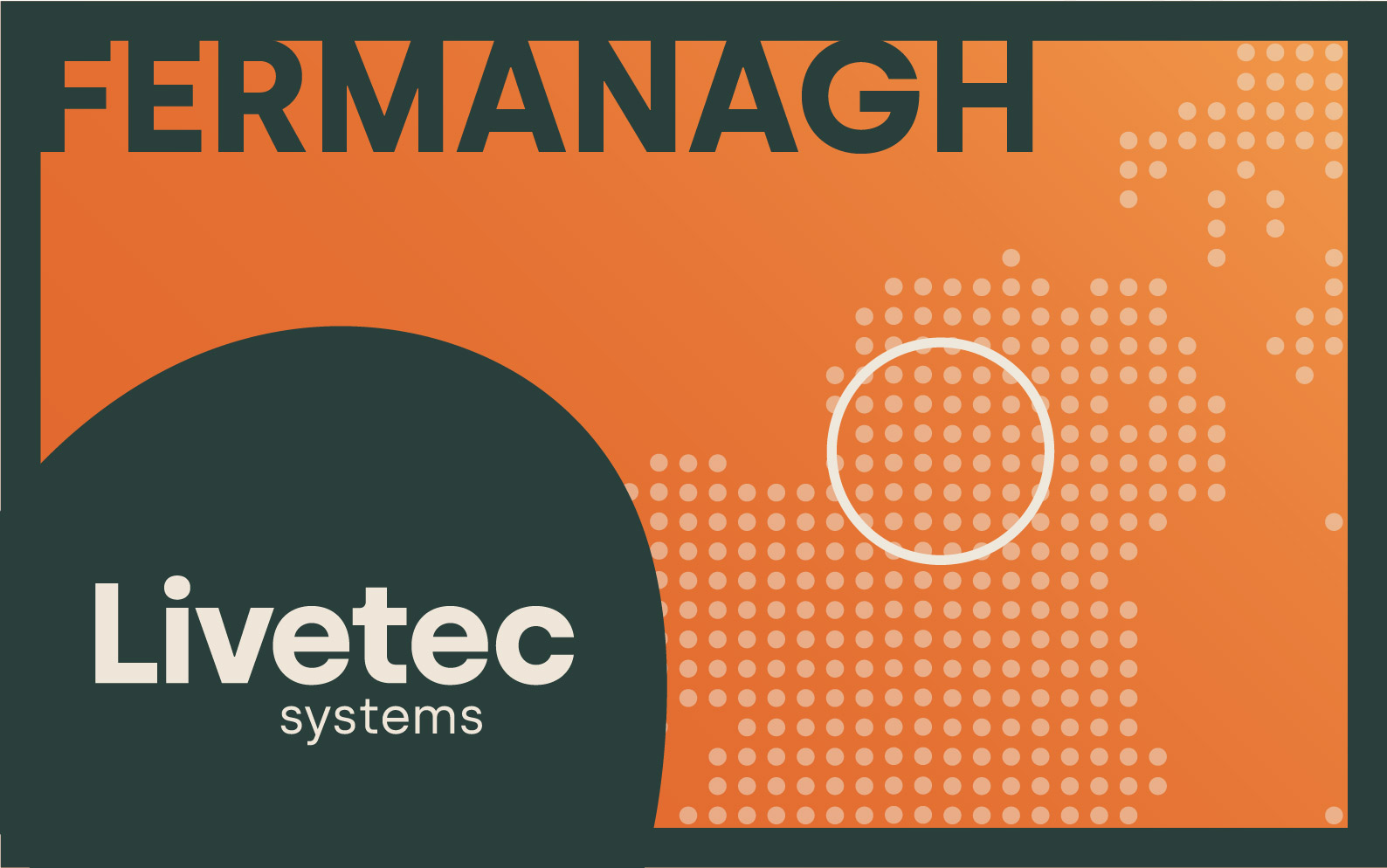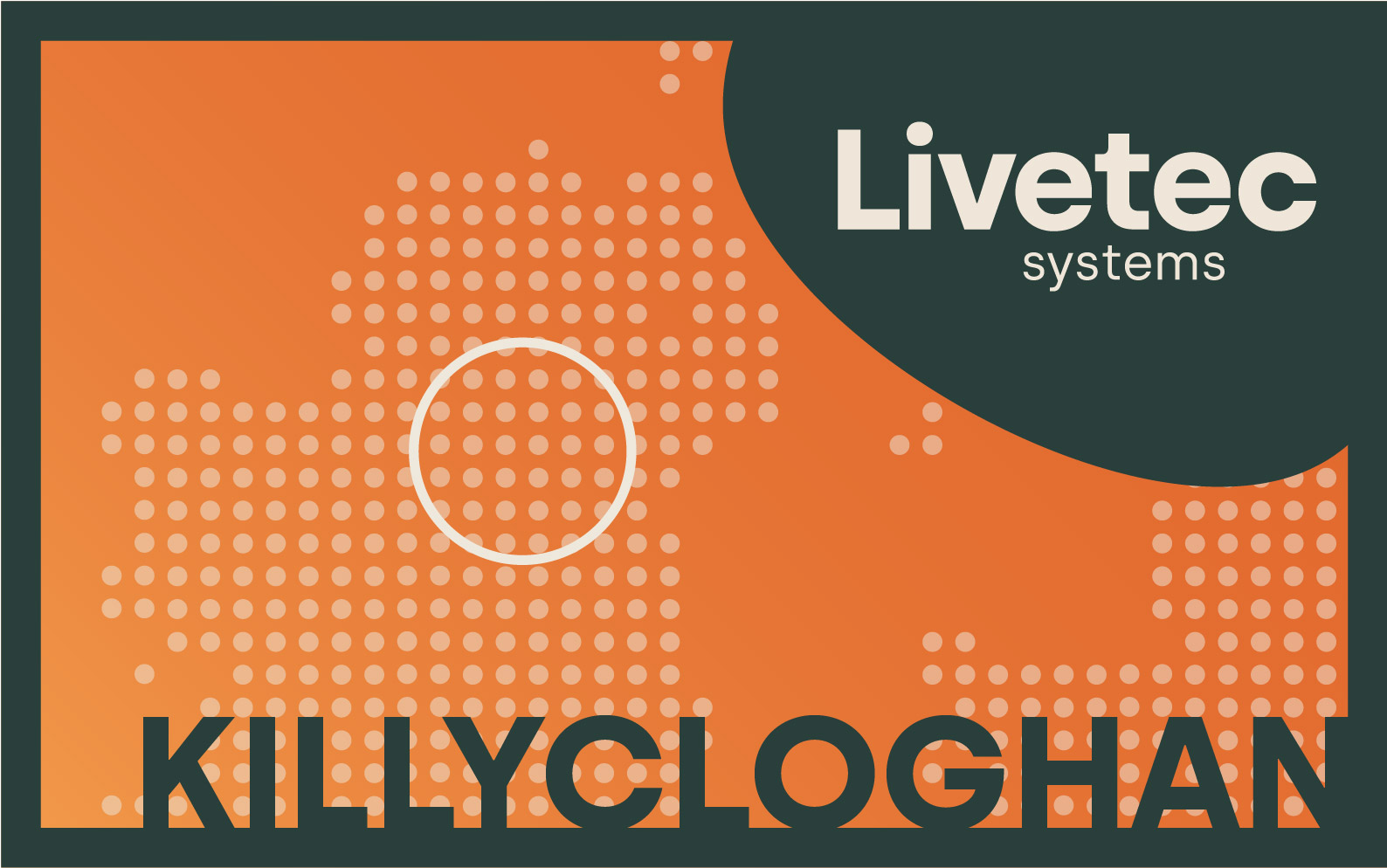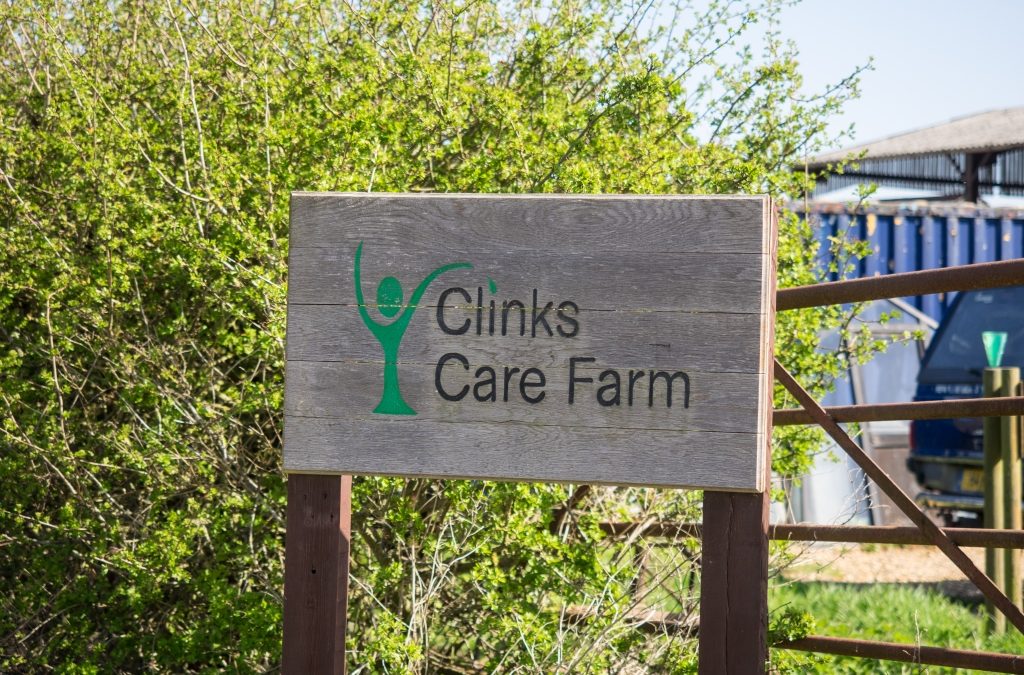A high standard of biosecurity is a non-negotiable aspect of modern farming. Proactively searching for biosecurity risks on a regular basis is the only way to protect your livestock from the threat of disease and safeguard your livelihood as a farmer.
Creating a comprehensive biosecurity checklist requires a detailed understanding of how your business operates on a day-to-day basis. To be effective, it must also be created by someone with a solid knowledge of disease risks and biosecurity hazards.
Anything less and your checklist could leave your livestock wide open to the threat of disease and place your farming business at risk with missed opportunities for threat recognition and resolution.
Designating responsibility
Responsibility for maintaining a high standard of biosecurity should be embedded into farm processes, covering everything from visitor logs to food storage. However, in order to ensure the biosecurity checklist is carried out thoroughly and all potential areas of concern checked on a regular basis, the checklist itself should be the specific responsibility of someone with a good working knowledge of biosecurity principles.
As experts in developing biosecurity plans, Livetec knows that developing a fit-for-purpose checklist can be a time consuming task. While time is in short supply on most farms, the benefits of devising and completing a thorough biosecurity checklist far outweigh the resources required.
Investing time now to identify biosecurity threats and take appropriate remedial action protects you from the loss of income, control, reputation and livestock that inevitably follows in the wake of an avoidable disease incursion.
Using our years of experience in both notifiable and non-notifiable disease outbreaks, the Livetec team has devised a seven-point checklist which examines each area of farm operations for biosecurity issues.
Section 1: Staff training
All farm staff must be fully aware of biosecurity protocols and able to put them into practice. Misunderstandings or lax processes can seriously undermine the biosecurity of your entire farm business and put your livestock at risk. A bespoke biosecurity plan, with tailored measures to ensure all staff are aware of their responsibilities and adhere to biosecurity measures at all times is vital for the continued, safe and compliant operation of your farm business.
- Training materials detailing protocols are up-to-date and accessible to all staff members and visitors.
- All members of staff along with regular visitors receive training on biosecurity protocols.
- All staff members know who to speak to if they are unsure about any biosecurity protocol or how to implement it.
Section 2: Entry points
Reducing the points of entry to your premises and minimising the entrance to those buildings housing animals greatly reduces the risk of infection reaching your livestock.
- Separate routes are in place for entry and exit to the premises.
- Each building housing livestock has a single point of entry to the animal side with a biosecure entry and exit procedure for all personnel and equipment moved into the area.
- Foot dips are correctly placed at the entry points to each building on the premises.
Section 3: Building maintenance
Keeping your sheds and storage buildings maintained is a key part of ensuring your premises are not leaving the door open to disease incursion. Experience tells us that building maintenance is a critical aspect of any biosecurity plan, as the smallest gap or hole can allow entrance to wild animals and circumvent other biosecurity practices.
- Sheds and storage buildings are secure from wild birds and rodents.
- Vegetation is regularly cleared around sheds and storage buildings.
- There are no visible holes or gaps in walls, floors or roofing which would give access to wild birds or rodents.
Section 4: Bedding, feed and storage
Knowing where materials for the day-to-day running of the farm come from,
and how secure your storage facilities are provides another line of defence against disease being brought onto your farm. A tailored biosecurity plan which implements best practice bedding, feed and storage measures can notably lower the risk of disease and threat level to your farm business.
- Feed and other materials such as bedding is purchased from a supplier who has a good reputation for biosecurity.
- The storage facility is dry and secure from vermin with no signs of damp.
- All floors in storage buildings are compacted and feed spillages are cleared immediately.
- Any wrapped bails to be taken into the storage area are disinfected along with any equipment used to transport them to storage.
- When items are delivered to the premises, the correct biosecurity protocols are followed.
Section 5: Visitors
Knowing who has visited your premises, who is on your premises, and who will be visiting, must all be recorded if your farm business is to achieve a good standard of biosecurity.
- There is a register of all visitors arriving on site with details such as the time of visit recorded.
- There is a clear process in place for dealing with visitors who arrive without an appointment.
Stage 6: Equipment
Vehicles and equipment can carry contaminated mud and effluence from one farm to another, so making sure they have been rigorously cleaned before entry to your premises is an important part of protecting your livestock and livelihood.
- In the case of shared equipment, farm machinery and vehicles, a thorough cleaning and disinfection procedure is undertaken before equipment is given access to the farm.
- The same cleansing procedure applies to visitor and delivery vehicles requiring access to the farm.
Stage 7: Record keeping
Keeping consistent and up-to-date records is a vital part of a biosecurity checklist, as they are often referred to by government representatives when they visit. They are also important if there has been a recent disease outbreak in your area as they help APHA contain the spread of an infection.
- Thorough records are maintained detailing who has entered the farm, when they entered and the purpose of their visit.
- All animal medical and vaccination records as well as vet reports are retained and securely stored.
Protect your livestock and livelihood with Livetec
As the industry leaders in biosecurity and livestock protection, a bespoke Livetec biosecurity plan, created using our scientifically-backed expertise and years of experience, is the surest way to mitigate against the risk of disease and safeguard your farm business.
Our tailored biosecurity solutions offer an exhaustive review of your current biosecurity reviews and measures. Conducted on farm by Livetec’s in-house biosecurity experts, we’ll identify all biosecurity threats, pinpoint any structural or operational vulnerabilities and devise effective new strategies to mitigate against disease incursion.
We’ve helped farmers across the country take proactive steps to reduce their exposure to disease and therefore, lower financial risks, the potential for reputational damage, and the loss of livestock and livelihoods.
Click here to contact the Livetec team today.








